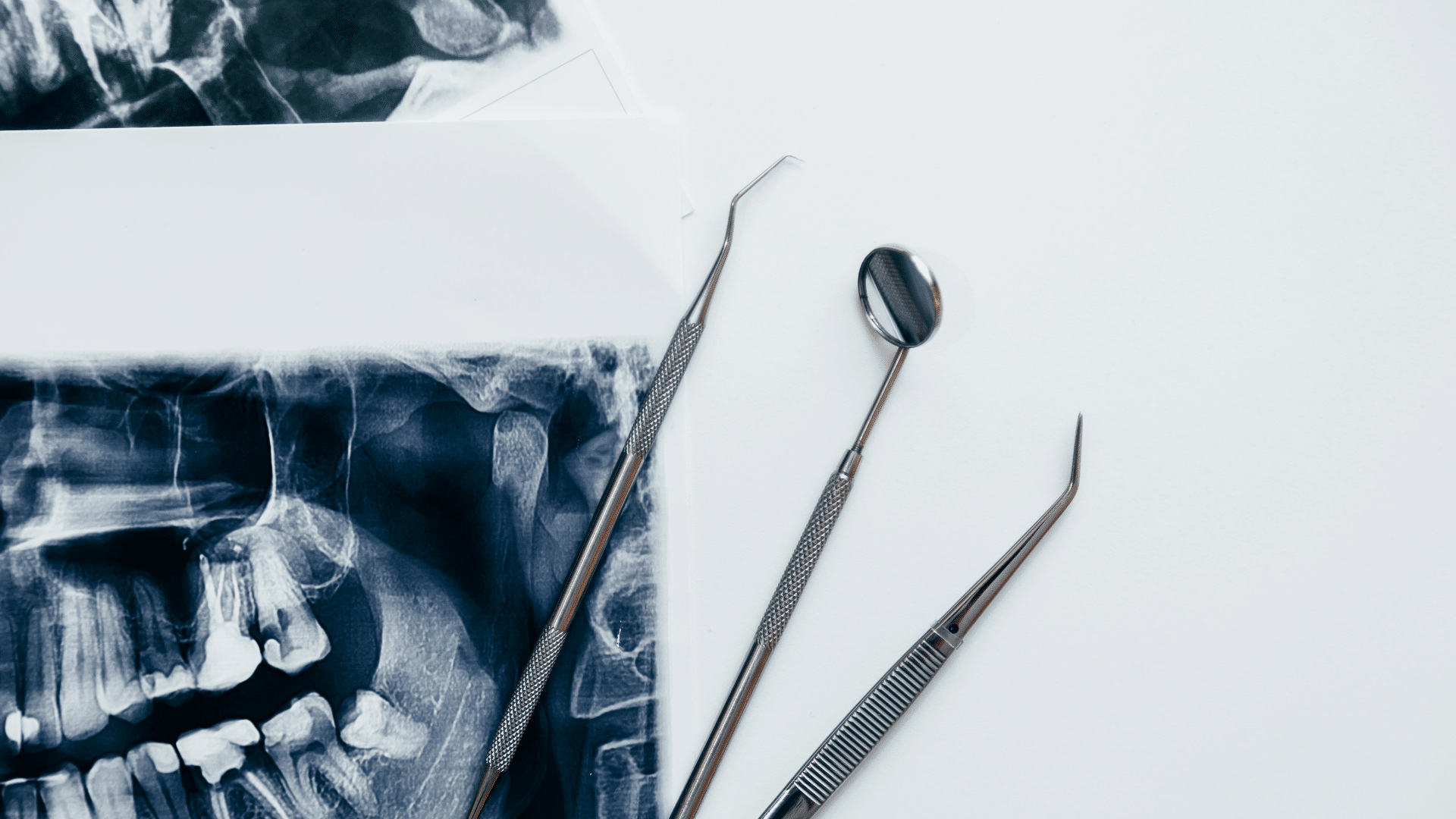Bone Sequestra Treatment: What You Need to Know?
Understanding Bone Sequestra: What is it?
A bone sequestrum is a term for a dead bone fragment that separates itself from a healthy bone, usually after tooth extraction. It can occur due to slow healing, low blood supply, chronic infection, or other underlying infections, which will be discussed in detail later. Bone sequestra are most commonly associated with osteomyelitis, an infection of the bone.
How Bone Sequestra Affects You?
Bone sequestra is often noticed after a tooth extraction. However, a simple tooth extraction doesn’t cause any complications later on, but if your tooth was surgically extracted with bone sectioning, the chance of bone sequestra is higher.
The dead bone extracts itself from the healthy bone, and it roams in your gum, finding its way out, causing a dead bone to be a foreign object. Everything in your body has a specific place, so if a bone fragment is astray, it will cause problems. It will try to find its way out through gums. You will feel a bump as your body tries to push it out. Sometimes, the bone might have a jagged end that pokes through the gum quite sharply, causing bleeding and infection if left unattended.
If you have a sharp object poking out of your gum after your recent tooth extraction, then it is most probably the case of bone sequestra, and you must get it removed. Thus, a dental visit becomes crucial.
What Causes Bone Sequestra?
There can be multiple causes of bone sequestra after tooth extraction, such as:
- Chronic Osteomyelitis: It is a chronic issue caused by pathogens that lead to bone sequestration.
- Trauma: Severe fractures or injuries to the bone disrupt blood supply and bone destruction, which can lead to sequestra formation.
- Tooth Extraction: Sometimes, after a tooth extraction, a piece of bone might detach itself from the healthy bone, resulting in a sequestrum.
symptoms
How Do You Know If You Have Bone Sequestra?
The symptoms of bone sequestrum are often different in individuals due to the size and shape of the bone. Here are some common signs that you can look out for:
- Tenderness in the gum
- A whitish ulcer or bump in the gum
- Redness and swelling

Distraction Methods – Therapeutic interventions – Pain management
Bone Sequestra Treatment at POM Dental Studio, Chandler
In case of any complications post-tooth extraction, do not hesitate to book an appointment with Dr. Silverman at Peace of Mind Dental Studio. You are in safe hands.
Here is how bone sequestra treatment works:
- Preliminary Examination: The first step is a preliminary assessment of your problem to identify whether it is bone sequestra or a cyst forming on your gum.
- Dental Imaging: Unless the bone protrudes from your gum, it is difficult to conclude the condition. Thus, we need dental imaging like X-rays and CT scans to see the position of the bone, its size, and whether it will poke its way through the gum.
Most often, if the shard is sharp, the bone makes its way out on its own. However, watching a bone coming out of your gum tissues can be quite unsettling.
- Patient History and Symptoms: It is advised to be transparent about your dental history and symptoms so we can offer you the best possible treatment for your problem.
Treatment Options
There are two treatment options for bone sequestra after tooth extraction.
- Antibiotics: Antibiotics are prescribed to eliminate the risk of infection. It is essential to maintain good oral hygiene to reduce the risk of infection and discomfort.
- Surgical Options: The second option is the oral surgery.
After examining the dental imaging, we will see the location of the sequestra.
If it is poking out, we use a local anesthetic to numb the area. A small incision is made in the gum, and the shard is removed. It is a painless procedure and quickly heals if you take proper care.
Why Peace of Mind Dental Studio?
If you are planning an oral surgery in Chandler, then Peace of Mind Dental Studio is the best choice, as we are the family dentistry in Chandler, known for our exceptional patient care and best-in-town treatment.
With Dr. Silverman’s experience and our unwavering commitment to patient comfort, we have several healthy and happy patients now smiling without any dental concerns.
So, for bone sequestra treatment, book an appointment with us now!
BONE SEQUESTRA FAQS
answering your questions about bone sequestra…
Can bone sequestra cause complications?
What if I don’t seek bone sequestra treatment?
How to avoid bone sequestrum?
Have more questions? Please call us at 480-608-5444 or email us and we’ll be able to talk you through the process.
Tips & advice from Dr. Silverman:



